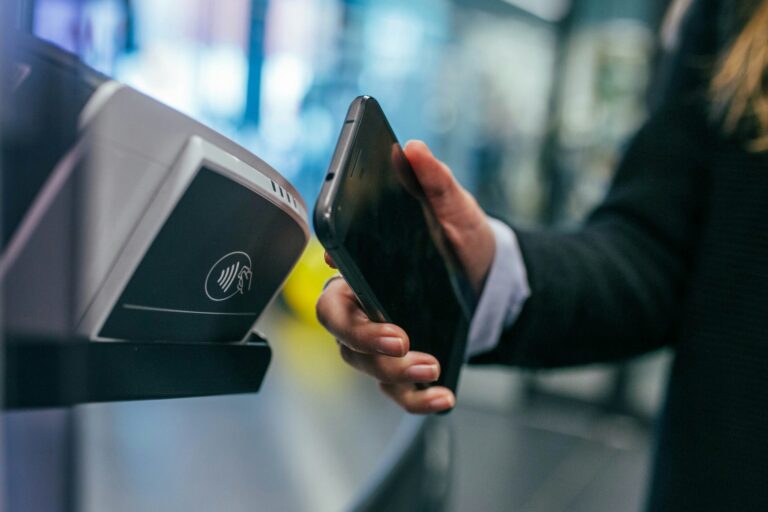UK Faces Rising Threat: First-Party Fraud Surpasses Scams, Warns LexisNexis
The latest cybercrime report by LexisNexis Risk Solutions reveals a significant shift in the UK’s fraud landscape, with first-party fraud representing over 50% of all reported incidents in 2024. This alarming trend indicates that fraud is increasingly being committed by legitimate customers, as opposed to external scammers.
Understanding First-Party Fraud
First-party fraud refers to dishonest activities performed by legitimate users to achieve financial gain. Common examples include:
- Providing false information on loan applications
- Making fraudulent chargeback claims
- Falsely reporting undelivered goods
The recent report highlights a particularly sharp increase in first-party fraud linked to Buy Now, Pay Later (BNPL) providers and various financial institutions.
Account Takeover Fraud Remains a Threat
In addition to first-party fraud, the report indicates that account takeover (ATO) fraud is also on the rise, now comprising 15% of reported fraud cases in the UK. Phishing and smishing tactics, particularly fraudulent password reset attempts, are significant contributors to this trend. Notably, last year’s data revealed that:
- 10% of all password reset attempts in the UK were fraudulent
- 27% of these requests from desktop users were linked to fraud
Expert Insights
Stephen Topliss, Vice President of Fraud and Identity at LexisNexis Risk Solutions, stated, “These findings represent a notable shift in global fraud patterns, with consumers now emerging as the single largest source of human-initiated fraud.” He emphasized the need for organizations to adapt their detection methods and remain vigilant against various threats, including over three billion brute-force automated account takeover attacks recorded last year.
Global Fraud Trends
The global landscape of fraud has seen notable variations. For instance:
- The Communication, Mobile, and Media (CMM) sector experienced a 15% rise in attacks
- The Financial Services sector witnessed an 18% increase in bot-driven assaults
According to LexisNexis, these trends may foreshadow an impending ‘fraud storm’ driven by advancements in AI technology.
Regional Insights
From a regional perspective, the data shows that:
- EMEA reported the lowest attack rate at 0.6%
- LATAM experienced a decrease to 1.6%, below North America’s 2.2%
- APAC, however, saw a dramatic 37% spike, reaching 1.5%
Emerging Threats and Solutions
Topliss warns of emerging threats, stating, “We are at a potential tipping point. While many organizations have improved their defenses, it is evident that cybercriminals are utilizing innovative, AI-enhanced capabilities that are likely to be extensively tested in the coming months.”
Banking Innovations Against Fraud
In response to these escalating threats, ING, a prominent global banking group based in the Netherlands, is expanding its fraud prevention initiatives. The bank recently launched its ‘check the call’ feature in Belgium, designed to combat helpdesk fraud, a growing concern where criminals impersonate bank employees over the phone.
With a commitment to enhancing customer security, ING aims to mitigate the emotional and financial damage caused by these deceptive tactics. The bank offers a wide range of financial services, including retail banking, private banking, investment services, and innovative digital solutions.
For more information on protecting yourself against fraud, visit LexisNexis Risk Solutions or check out our internal resource on fraud prevention tips.







